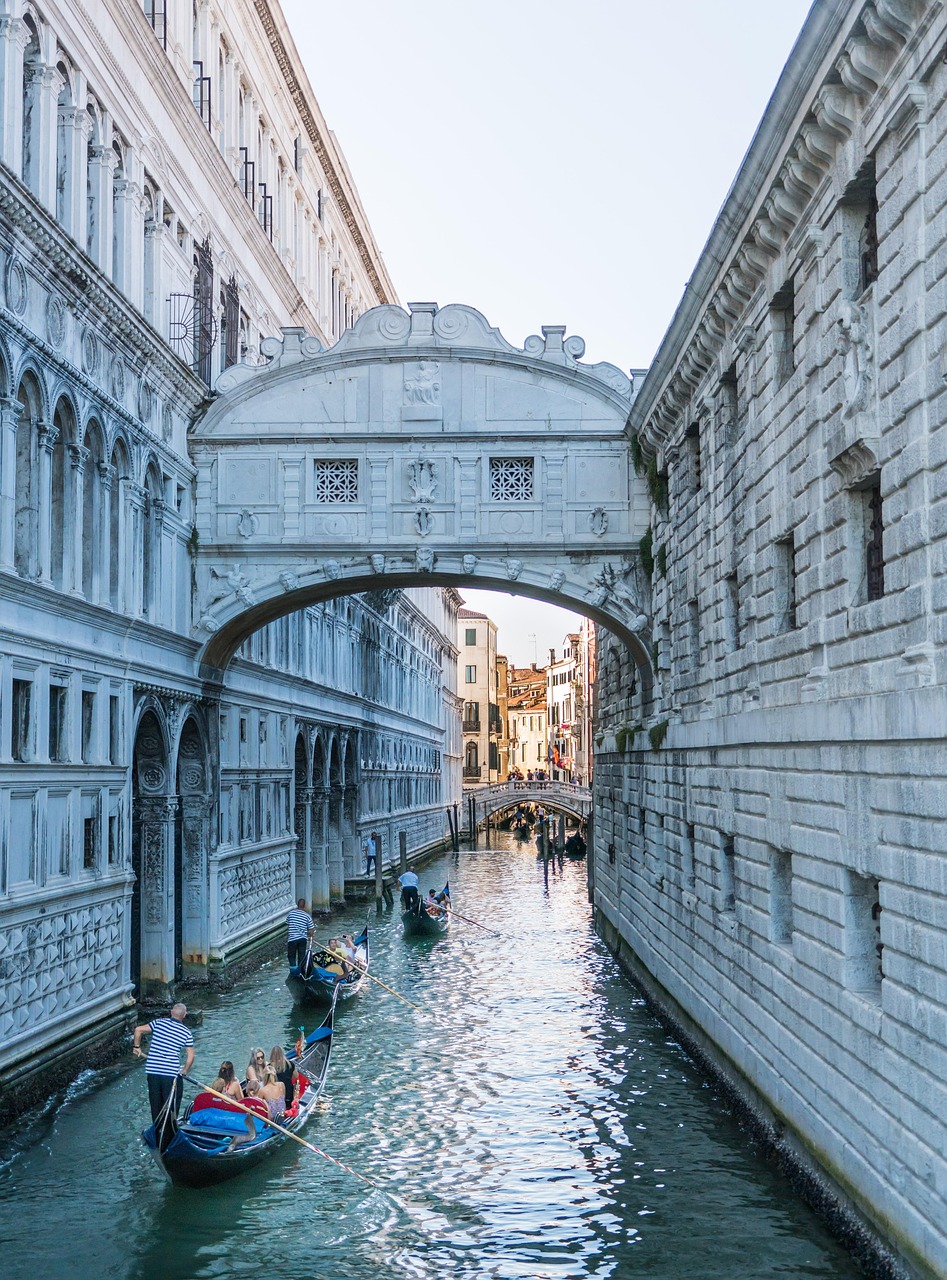Table of Contents
ToggleUnderstanding the Drought in Italy
The drought in Italy is a serious concern that affects not only the country’s agricultural sector but also its tourism industry. The country’s water resources have been depleted, resulting in a significant drop in water levels in rivers and lakes, affecting the canals of Venice and other coastal areas. The Alps, which are a crucial source of snowfall, have also been impacted by the drought, affecting the winter tourism industry.
Effects on the Alps Snowfall
The lack of snow in the Alps is a significant issue for winter sports enthusiasts and businesses that rely on winter tourism. The lower levels of precipitation have resulted in a reduction of snowfall, which has affected the quality and quantity of snow for skiing, snowboarding, and other winter sports.
Moreover, the lack of snow has impacted the ecosystems in the region, particularly for wildlife that rely on the snow for survival during the winter months. It has also affected the hydrological cycle in the Alps, with the reduction of snowfall affecting the water levels of rivers and lakes, which ultimately impacts the agricultural sector in the region.
Venice Canals and Low Tide
The Venetian canals are also affected by the drought, resulting in a drop in water levels and low tide. The water levels in the canals have reduced significantly, causing issues for gondolas and other boats that operate in the canals. The low tide has exposed the canals’ muddy beds, affecting the water quality and creating unpleasant odors that affect tourism.
The reduction in water levels has also impacted the surrounding ecosystems, with the flora and fauna that rely on the canals’ water being affected by the reduced water levels.
Addressing the Drought in Italy
There are various measures that can be taken to address the drought in Italy. One approach is to reduce water consumption in the agricultural sector through more efficient irrigation systems and the use of drought-resistant crops. Additionally, the implementation of measures to reduce water wastage in urban areas can help address the issue.
Another solution is to promote alternative tourism activities that do not rely on snowfall or water levels, such as cultural tourism, food and wine tourism, and nature-based tourism. This can help diversify the tourism industry and reduce the reliance on winter and water-based activities.
Conclusion
In conclusion, the drought in Italy has had significant impacts on the country’s tourism and agricultural sectors, particularly in the Alps and Venice regions. Addressing the issue requires a comprehensive approach that involves reducing water consumption and promoting alternative tourism activities. By taking these measures, Italy can mitigate the impacts of the drought and ensure the sustainability of its natural resources and tourism industry.







